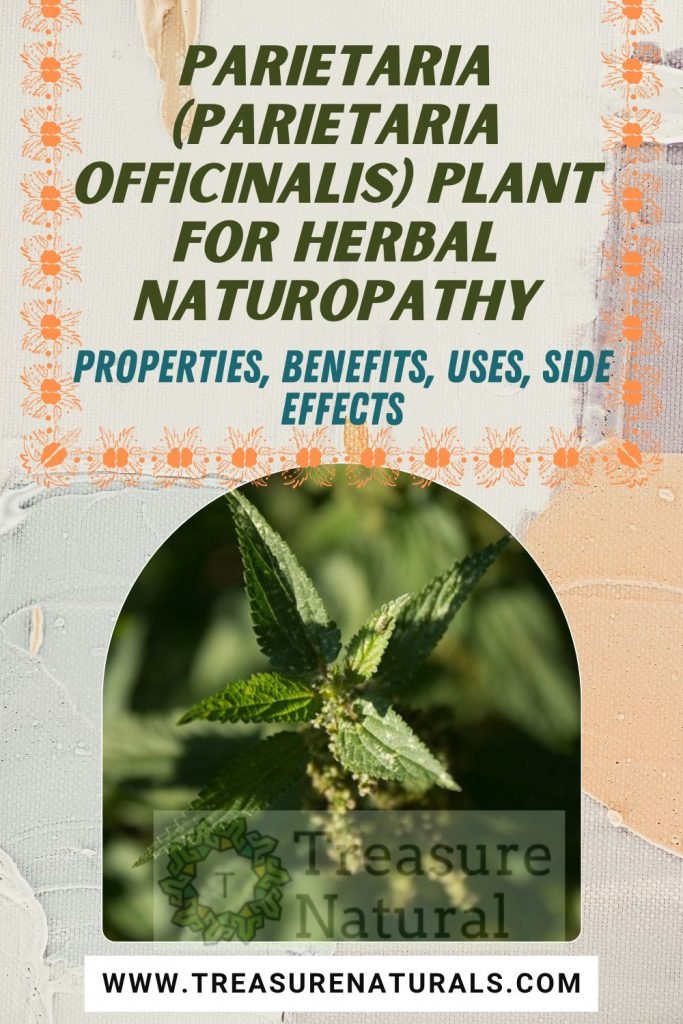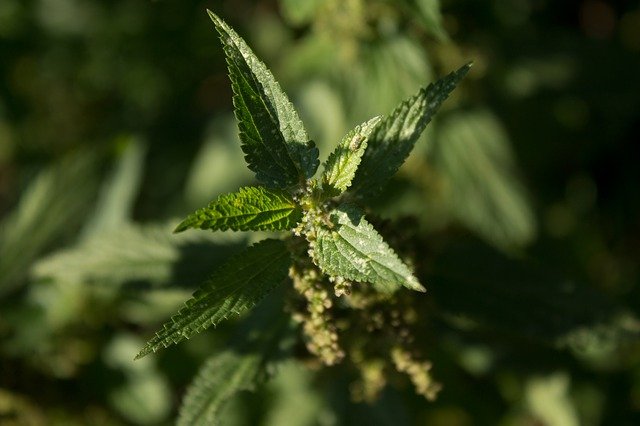
The parietaria (Parietaria officinalis) is a plant belonging to the Urticaceae family. Rich in vitamins, it is excellent for soothing sore throats and coughs, thanks to its expectorant properties. Let’s find out better.
Properties of the parietary
Parietaria officinalis, commonly known as muraiola or vitriol, is a rather common plant in the countryside and, often unexpectedly, has various medicinal properties, as well as being excellent also to be enjoyed as a vegetable.
It is rich in minerals, tannins, flavonoids (such as kempferol, a perfect antioxidant agent), quercetin (an excellent tool for cancer prevention), mucilage, aromatic agents and stinging substances, such as the rare caffeoylmalic acid.
It is a good expectorant, able to soothe coughs, an excellent diuretic and helps fight skin disorders thanks to the mucilage and antioxidant power of flavonoids. It is known for its purifying and sweating properties.
How to use
Internal: The broth or the infusion of parietaria has always been used for its diuretic and expectorant abilities. In particular, its consumption was strongly recommended for cystitis and all problems of the urogenital system. Leaves and stems that are not too hard have always been part of peasant cuisine and are excellent ingredients to add to soups, omelettes and mixed vegetables.
External: parietaria poultices help in case of skin infections. A typical folk remedy is to vigorously rub young parietaria leaves between the hands until the juices are extracted. With the paste obtained in this way, the areas of the body affected by infections or abrasions are covered
Contraindications of the parietaria
Histamine, the substance responsible for the itching sensation caused by the paretaria plant and also present in other stinging plants of the same genus, is a known allergen and can cause reactions in predisposed subjects.
Although the Parietaria officinale is an edible plant and its leaves give a pleasant extra touch in mixed country salads, due to the aforementioned allergens it is good not to overabund with its consumption.
A more than thorough cleaning is important as dust and small slags cling to the leaves with tenacity.
Description of the plant
The oval leaves of paretaria have a kind of sticky roughness that makes them unmistakable. Thanks to this ability, especially on the trunk, it is able to easily cling to old walls, fences or bare trunks of dead trees.
It blooms in the warm months of the year, from late spring to early autumn, attracting numerous insects and causing allergic reactions among the best known to those who do not tolerate pollen.
It does not like excessive light but rather prefers partial shade, and generally grows with a bushy habit, loving the beds of old leaves which act as natural mulch.
Habitat of the parietaria
The name parietaria itself tells us a lot about the habits of the plant, which loves to grow along country walls and on the walls of abandoned houses, to enjoy the maximum possible exposure due to vertical rather than horizontal growth.
It can also be easily found in the woods, especially in nitrogenous soils.
Background

Already in an ancient past difficult to calculate, in different parts of the globe, the parietaria was regularly added to particular fermented and therefore alcoholic beverages. In northern Europe, for example, it was sometimes added to mead.
The “sandpaper” and often almost sticky effect of its leaves was gradually used in ancient times to thoroughly clean glass and leather.
It has always been present in the oldest herbalist manuals with various names: muraiola and, indeed, parietaria, due to its almost symbiotic relationship with walls and vertical walls; vitriol, due to its ability to clean the glass from fine dust and various slags.






